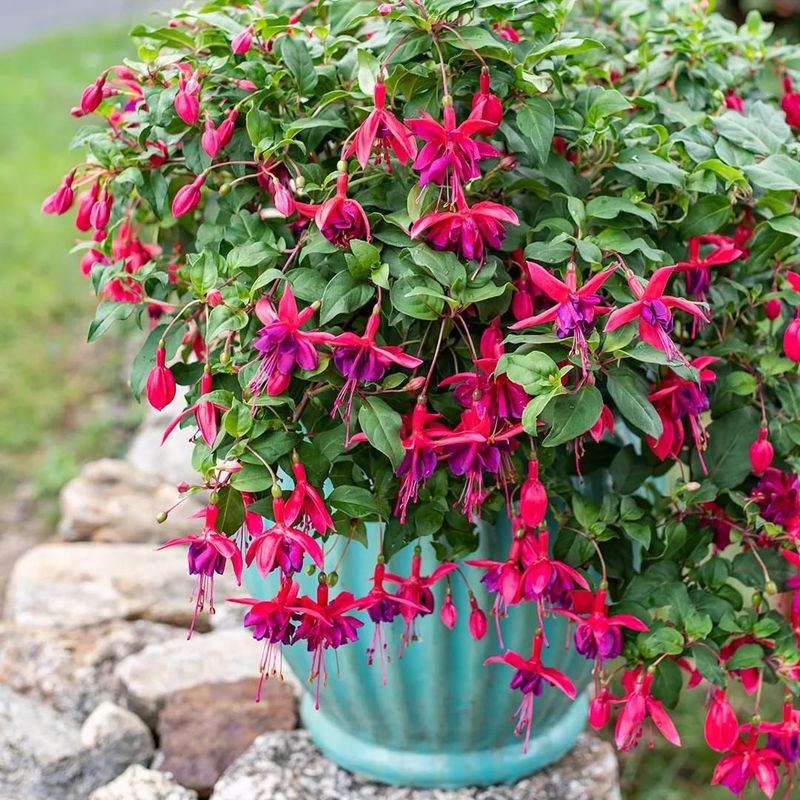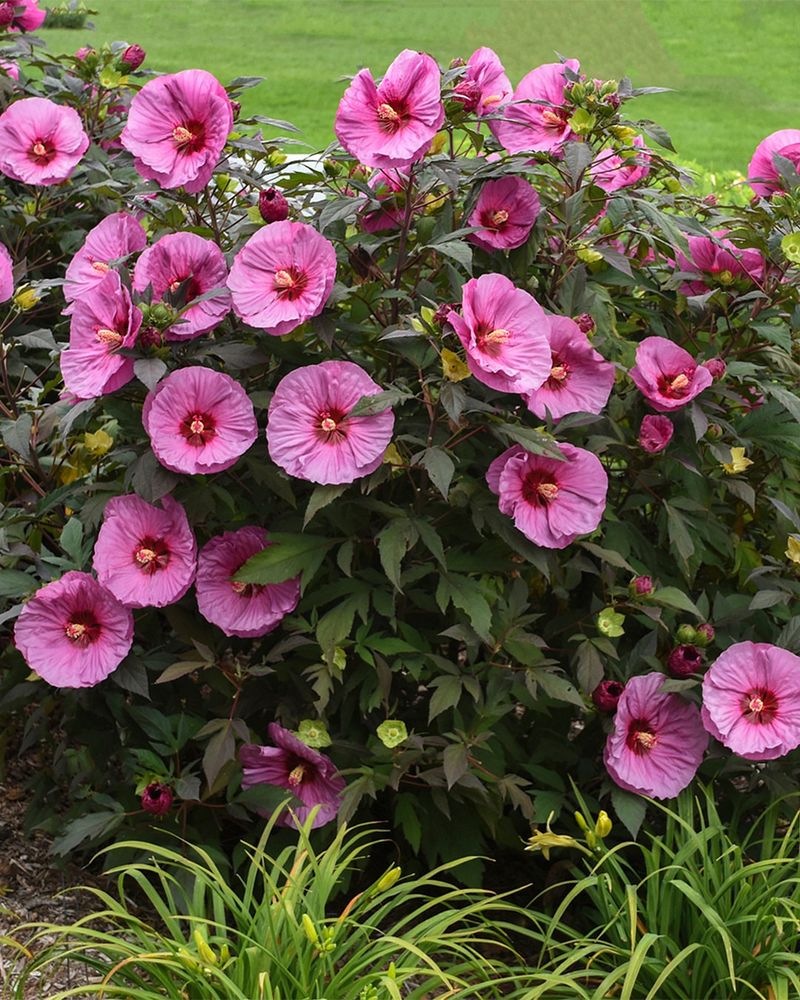A Thanksgiving storm can shake things up in New York long before the holiday plates hit the table. One hard gust or icy burst is all it takes to turn healthy outdoor plants into casualties of the season.
As the forecast starts to darken, many gardeners take a closer look at their porches and patios, deciding which plants are tough enough to ride it out and which ones need a safer spot indoors.
A little quick thinking can keep beloved greenery from facing the storm head-on and help them stay in top shape till the weather settles again.
1. Rosemary
This fragrant herb might seem tough, but rosemary actually hails from the Mediterranean and can’t handle New York’s freezing temperatures. Once the thermometer dips below 30 degrees, your rosemary plant risks serious damage to its roots and stems.
Moving it inside gives you fresh herbs for Thanksgiving cooking while protecting your investment. Place it near a sunny south-facing window where it gets at least six hours of light daily.
Water sparingly since indoor air tends to be drier than outdoor conditions during winter months.
2. Geraniums
Geraniums burst with cheerful colors throughout summer and fall, making them garden favorites across the five boroughs. However, even a light frost will turn those pretty petals into brown mush overnight.
Before Thanksgiving storms arrive, clip back any leggy growth and check carefully for hitchhiking insects hiding under leaves. Your geraniums can actually keep blooming indoors if given enough sunlight and occasional feeding.
They prefer cooler indoor temperatures around 65 degrees, making them perfect for spare bedrooms or sunrooms.
3. Begonias
With their stunning flowers and interesting leaf patterns, begonias add tropical flair to any space. Cold weather quickly damages their fleshy stems and leaves, turning them into sad, wilted messes.
Bring them inside well before temperatures drop below 50 degrees at night. Begonias actually prefer the stable conditions found indoors, away from wind and temperature swings.
Keep soil consistently moist but never soggy, and mist leaves occasionally to maintain humidity levels they crave for healthy growth.
4. Fuchsia
Those gorgeous dangling flowers look like tiny ballerinas, but fuchsia plants are surprisingly delicate when temperatures plummet. Native to Central and South America, they expect mild weather year-round.
Manhattan’s harsh winter winds and freezing rain will quickly destroy exposed fuchsias left outside past Thanksgiving. Hang them in bright indirect light indoors, keeping them away from heating vents that blast dry air.
They might drop some leaves initially from the transition, but don’t panic, that’s completely normal adjustment behavior.
5. Coleus
Coleus plants steal the show with their wildly colorful foliage in shades of burgundy, lime green, pink, and orange. Unfortunately, these tropical beauties turn to black slime the moment frost touches their leaves.
Rescue them before storm warnings appear on your weather app. Coleus actually makes fantastic houseplants since they thrive in partial shade and don’t need constant direct sunlight.
Pinch back growing tips regularly to encourage bushy growth and prevent them from getting too tall and floppy indoors.
6. Hibiscus
Nothing says summer quite like enormous hibiscus blooms in shades of red, yellow, orange, and pink. These showstoppers need protection once nighttime temperatures approach 40 degrees.
Before bringing them inside, inspect thoroughly for aphids and whiteflies that love hiding on leaf undersides. Hibiscus demands bright, direct sunlight, at least four hours daily, to continue producing those spectacular flowers indoors.
Expect some leaf drop during adjustment, but consistent watering and humidity will keep your plant happy through winter.
7. Citrus Trees
Meyer lemons, kumquats, and other dwarf citrus varieties grow beautifully in containers on New York patios during warm months. But citrus trees suffer immediate damage when temperatures drop below 32 degrees.
Move them indoors before Thanksgiving to protect developing fruit and prevent branch from freezing conditions. Position them in your brightest spot because citrus needs intense light to stay healthy.
Consider supplementing with grow lights if your windows don’t provide enough natural brightness during short winter days ahead.








